Ensuring a safe and controlled computing environment for children is essential in our increasingly digital world. Windows 11 provides a suite of parental control features that help parents manage their children's computer usage, monitor activities, set screen time limits, and filter inappropriate content. This guide will outline how to set up a child account on Windows 11 and configure parental controls to create a secure experience for your kids.
Parental Control Features in Windows 11
Windows 11 offers robust parental control options that allow you to set up dedicated accounts for your children. These accounts enable you to monitor and restrict your kids' access to apps, games, websites, and control how they interact with the device. Key features include:
Family Safety: A built-in tool that lets you set screen time limits, content filters, and monitor online activity.
Microsoft Store: Provides access to age-appropriate apps and games, and allows you to set age restrictions for purchases.
User Accounts: Create individual user accounts for each child to customize their access to certain apps and features.
Microsoft Edge: Includes 'Microsoft Defender SmartScreen' to protect against harmful websites and phishing scams.
Microsoft Account: By linking your child's account to your Microsoft account, you can manage family settings from any device.
Note: Regularly reviewing and updating parental control settings is important to ensure they remain effective.
Creating a Child Account on Windows 11
To fully utilize parental controls, you'll need to create a separate Microsoft account for your child. Follow these steps to set up a child account:
Step 1: Click the Start button and select the Settings icon to open the Settings app.

Step 2: In the Settings window, select Accounts from the left sidebar, then click on Family (or Family & other people on some versions) on the right.
Step 3: If you're not signed into your Microsoft account on this device, click the Sign in button and enter your Microsoft account credentials.
Step 4: After signing in, click the Add someone (or Add account in older builds) button under the Family section to start adding a new family member.
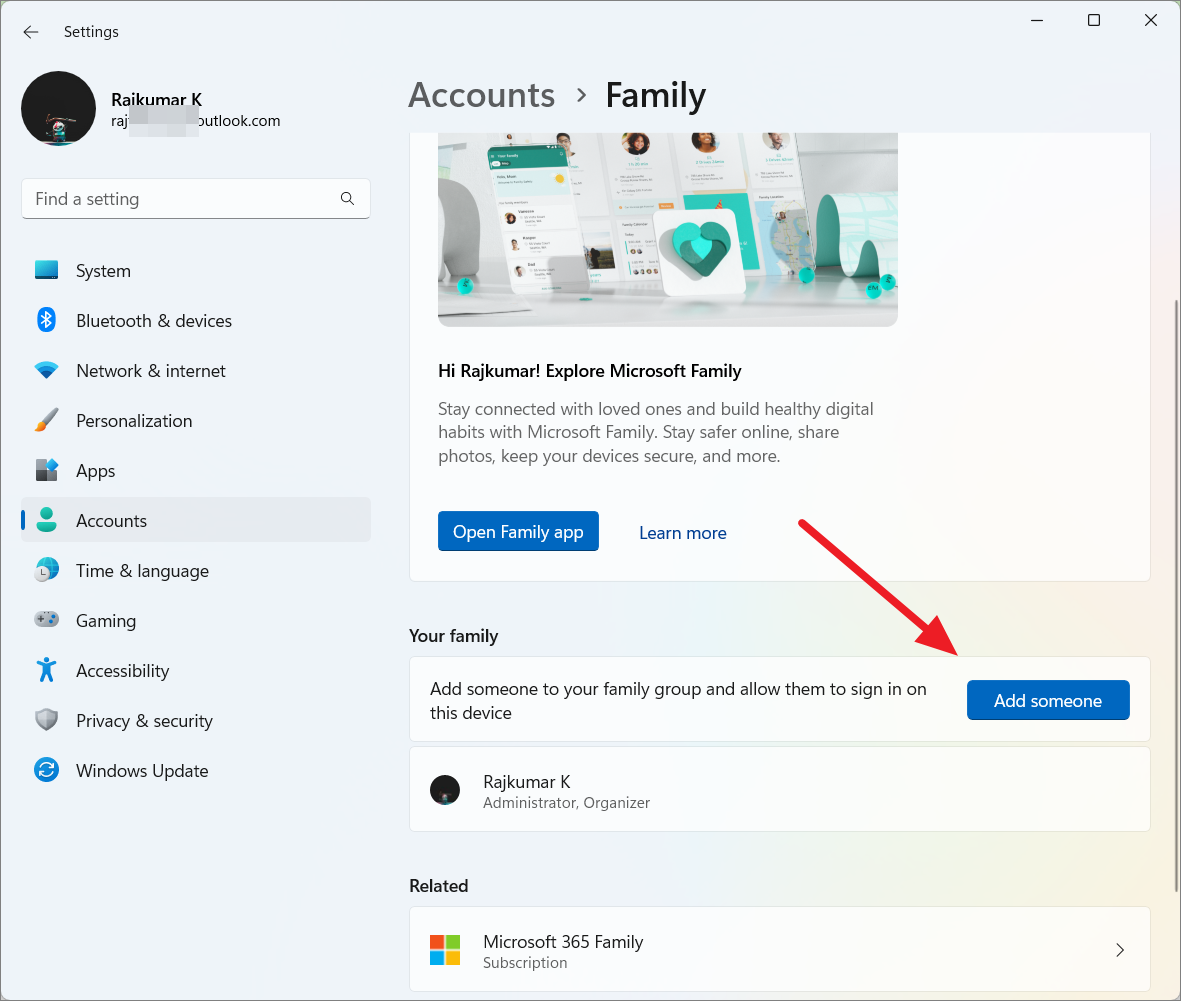
Step 5: In the dialog that appears, click on Create one for a child.

Step 6: Enter an email address for your child, select an email service (outlook.com or hotmail.com), and click Next.
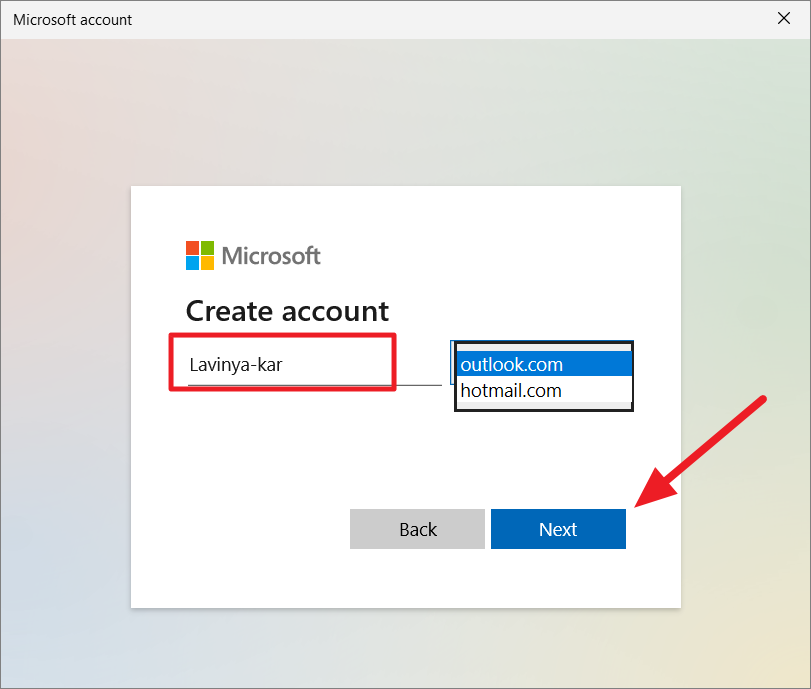
Step 7: Create a password for the new email account and click Next.
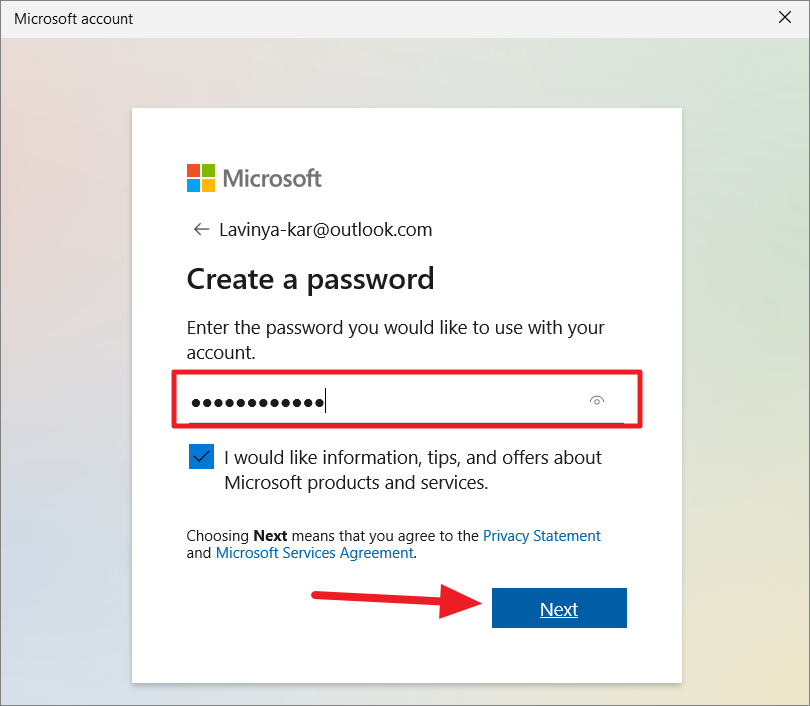
Step 8: Enter your child's first and last name, then click Next.
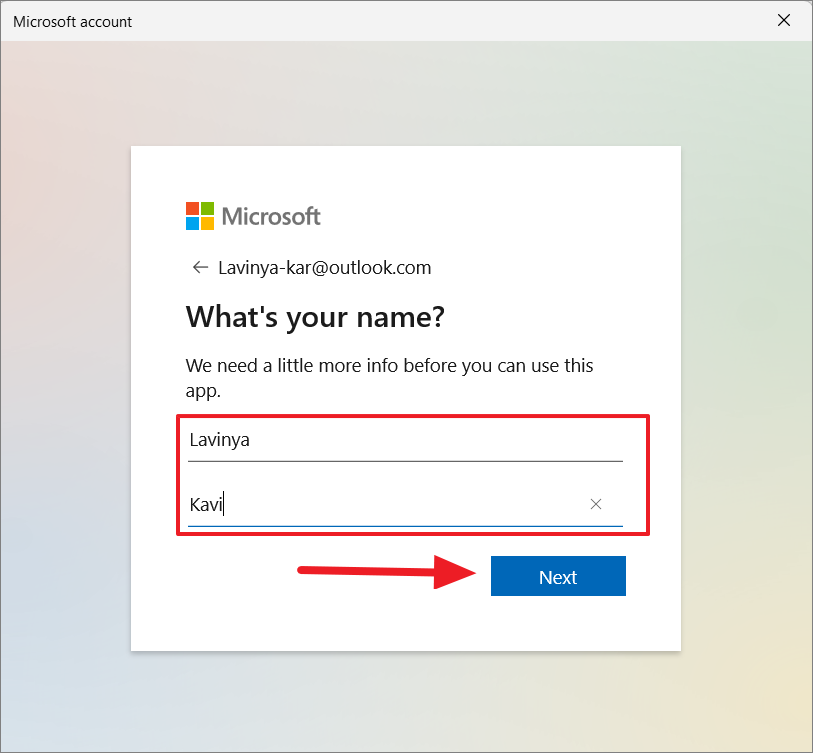
Step 9: Select your country/region, confirm your child's date of birth, and click Next.

Step 10: Confirm the new email account in the message and click Close.
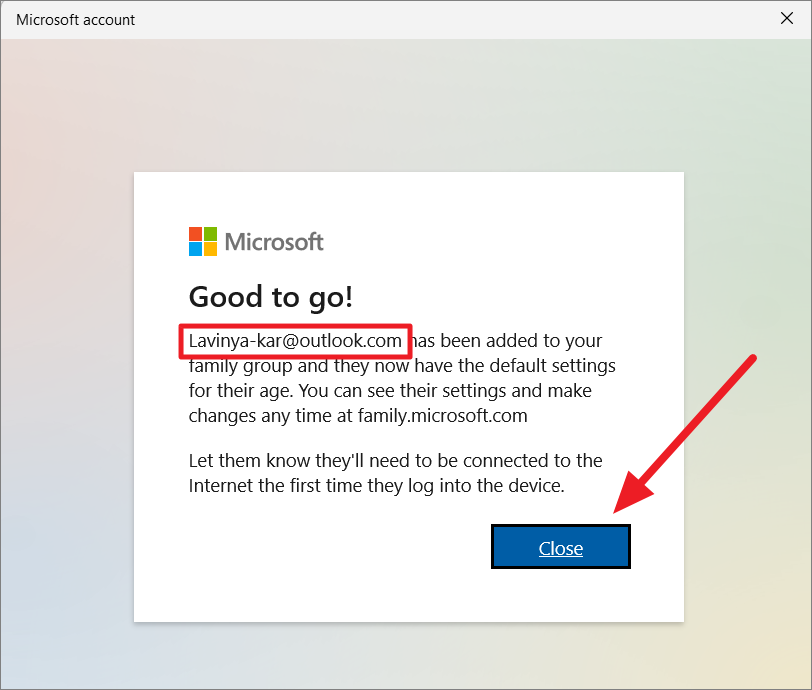
After creating the account, it will appear under the Family settings. To finish setting up the child account, sign out or lock your account, then sign in to the new child account using the email address and password you created. The first time your child logs in, they will need to complete the privacy settings setup. Once done, their account will be ready to use.
Adding an Existing Child Account
If your child already has a Microsoft account, you can add them to your family group directly:
Step 1: Open Settings, navigate to Accounts, and select Family.
Step 2: Under Family settings, click the Add someone button.

Step 3: Enter your child's email address and click Next.
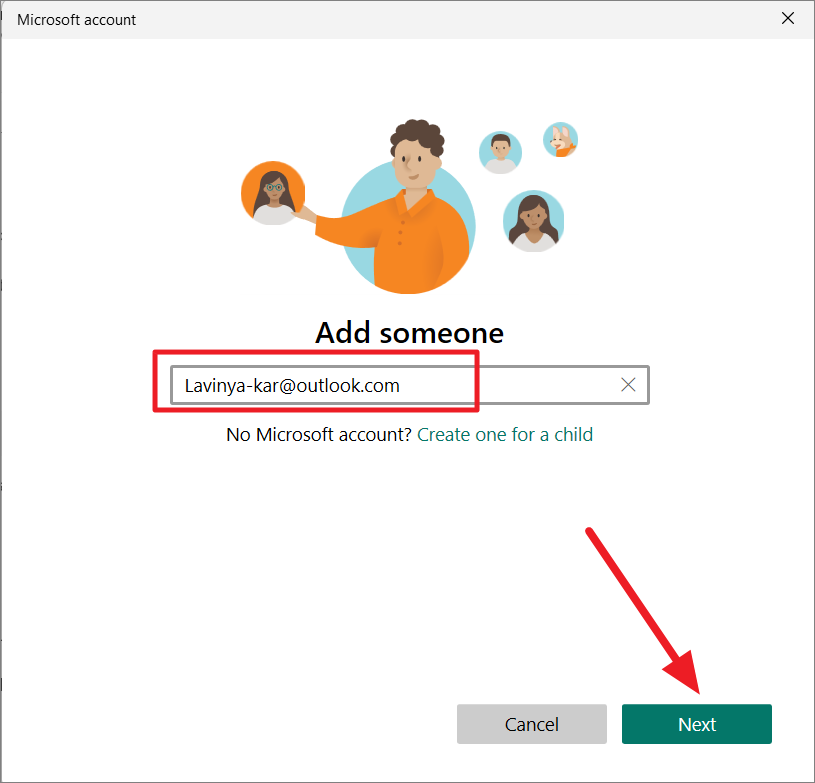
Step 4: Choose the role Member and click Invite.
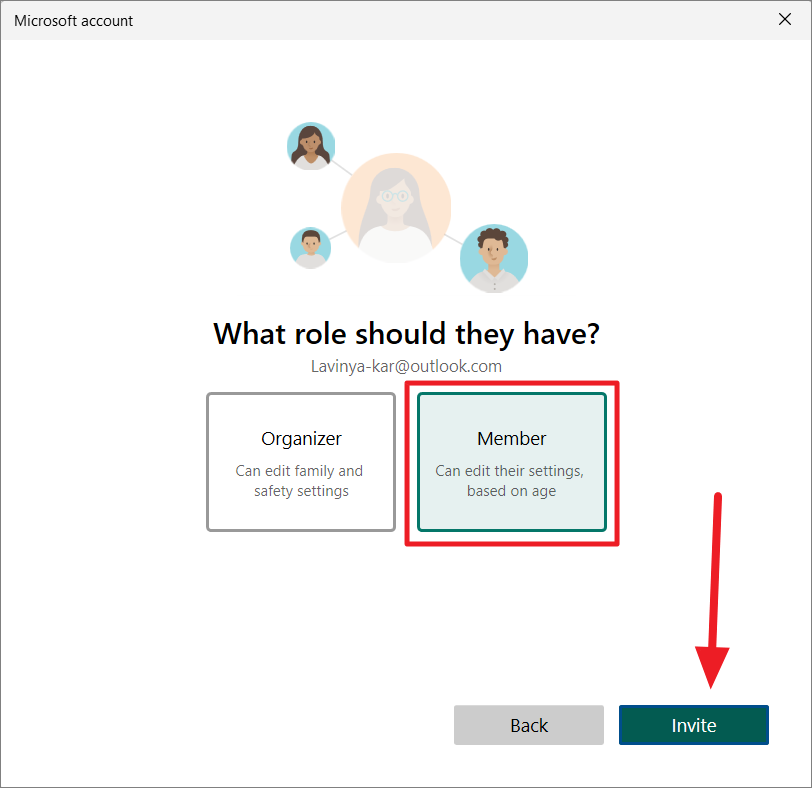
Your child will receive an invitation via email. They need to accept the invitation to join the family group and have the family settings applied to their account.

After they click Accept Invitation in the email, they should click Join now on the Microsoft account website.

They can then complete the setup by following the on-screen instructions. Alternatively, you can accept the invitation on their behalf from the Family Safety dashboard by clicking Accept now under their profile.

Adding an Adult Family Member/Organizer
If you want another adult in your household to co-manage the family group, you can add them as an organizer. To do this:
Step 1: Open Settings, go to Accounts, and select Family.
Step 2: Click the Open Family app button.
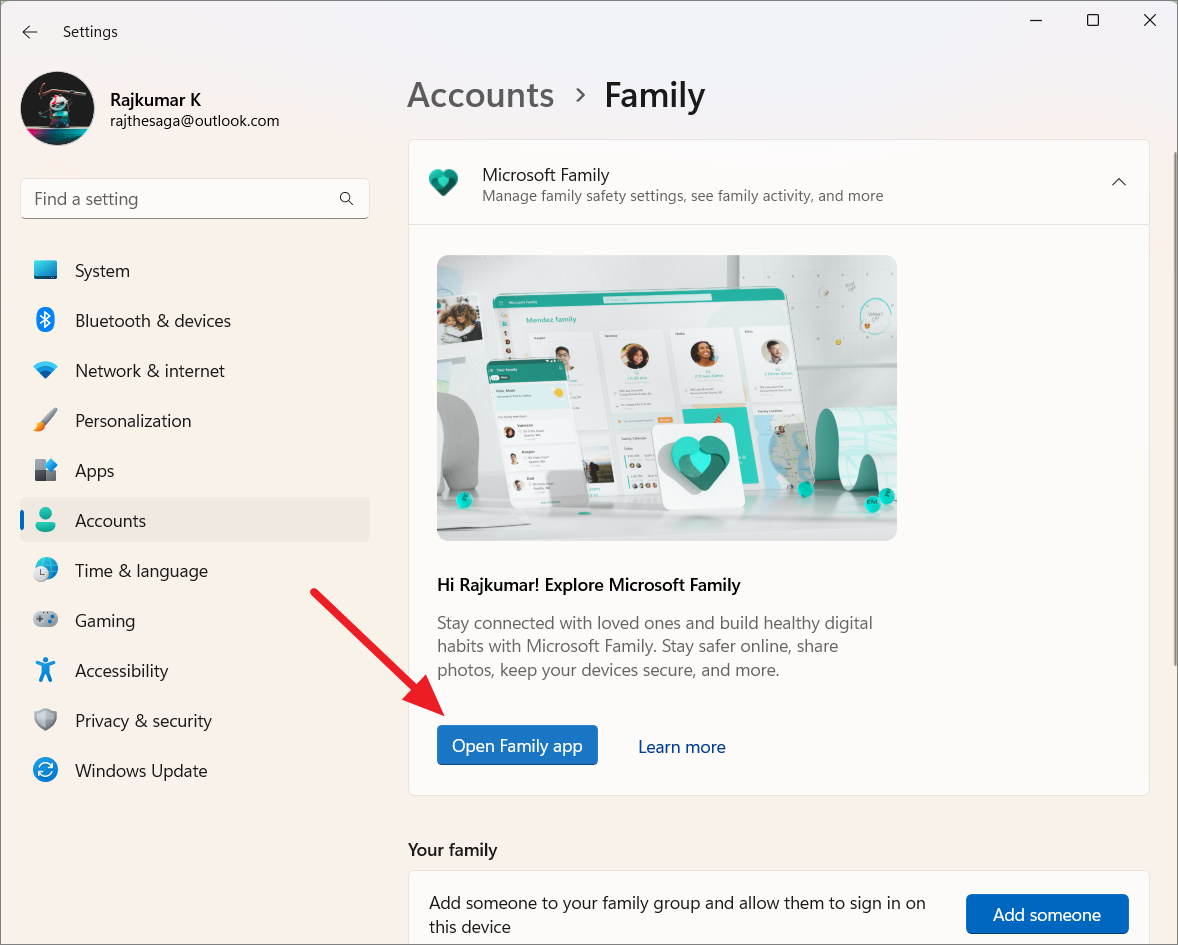
Step 3: In the Family Safety app, click Add a family member.

Step 4: Enter the email address of the adult you want to add and click Next.

Step 5: Choose the role Organizer and click Next to send the invitation.

The invited adult will need to accept the invitation to join the family group as an organizer. Organizers can manage family members and adjust safety settings.
Removing a Family Member
If you need to remove a family member, you can do so from the Family Safety app or website:
Step 1: Sign in to your Family Safety account and locate the family member you wish to remove.
Step 2: Click the three dots in the upper-right corner of their profile and select Remove from family group.
Step 3: Confirm by clicking Remove in the prompt window.
Configuring Parental Controls on Windows 11
With the child account set up, you can now configure parental controls to manage how your child uses the computer.
Setting Screen Time Limits
You can limit the amount of time your child spends on their devices to promote a healthy balance of online and offline activities. Here's how to set up screen time limits:
Step 1: Open the Family Safety app on your PC or visit the Microsoft Family Safety website and sign in with your organizer account.
Step 2: Click on your child's profile to access their settings.
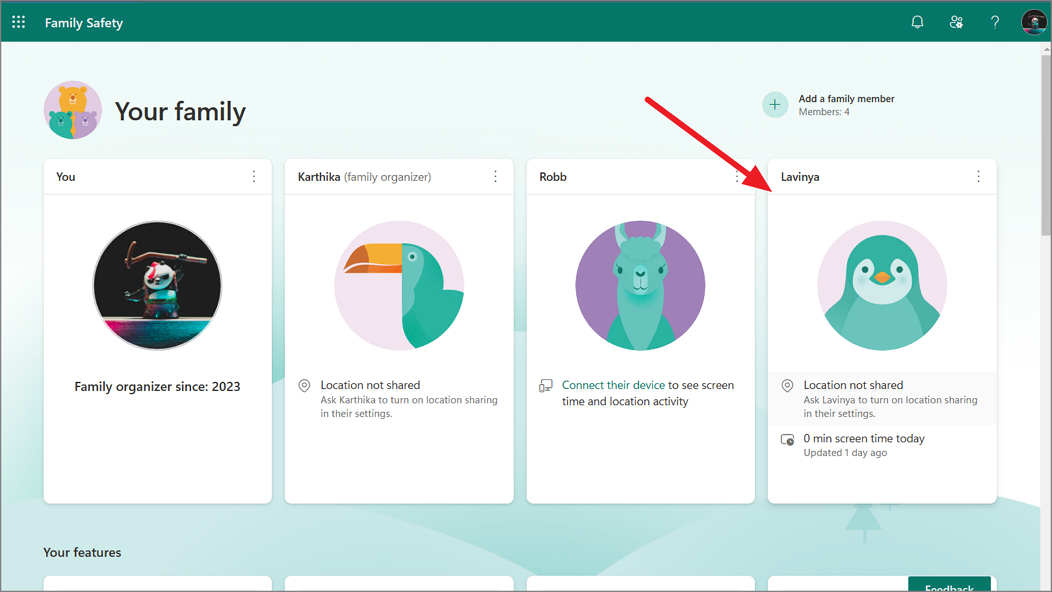
Step 3: Select the Screen time tab from the left menu or click on the Screen time tile.
Step 4: Scroll down to the Devices section and toggle on Use one schedule on all devices to set a unified screen time limit across all devices.

Step 5: To customize screen time for specific days, click on the day you want to adjust. A dialog will appear where you can set the amount of allowed screen time and specify active hours.

Step 6: Use the slider to set the total allowed screen time for the day. You can also set specific time periods during which screen time is allowed by adjusting the start and end times.

Step 7: If you want to add multiple active periods in a day, click Add a schedule and set the desired times.

Step 8: Click Done to save your settings.
To limit your child's usage of specific apps and games, switch to the Apps and Games tab on the Screen time page.
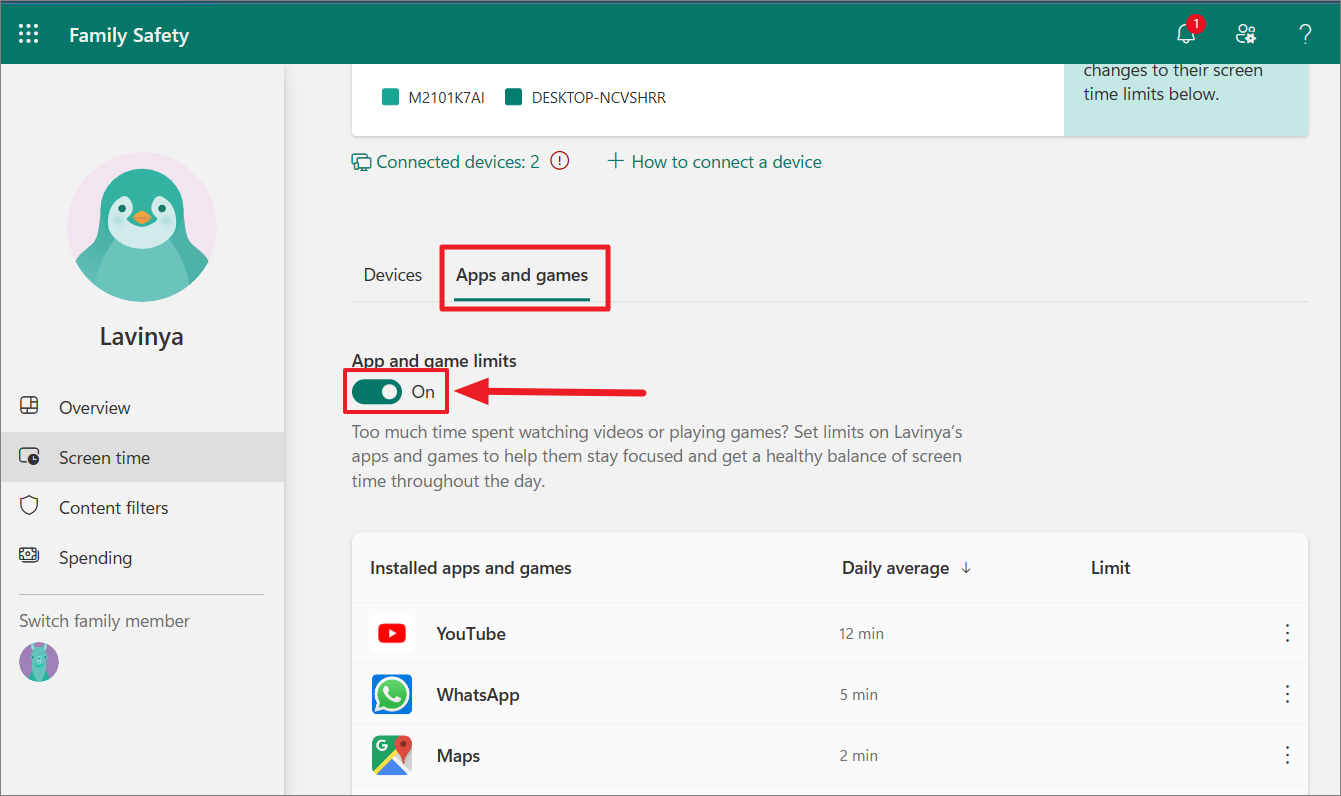
Step 9: Under Installed apps and games, select the app or game you want to limit.

Step 10: Click Set a limit and adjust the time restrictions as needed.
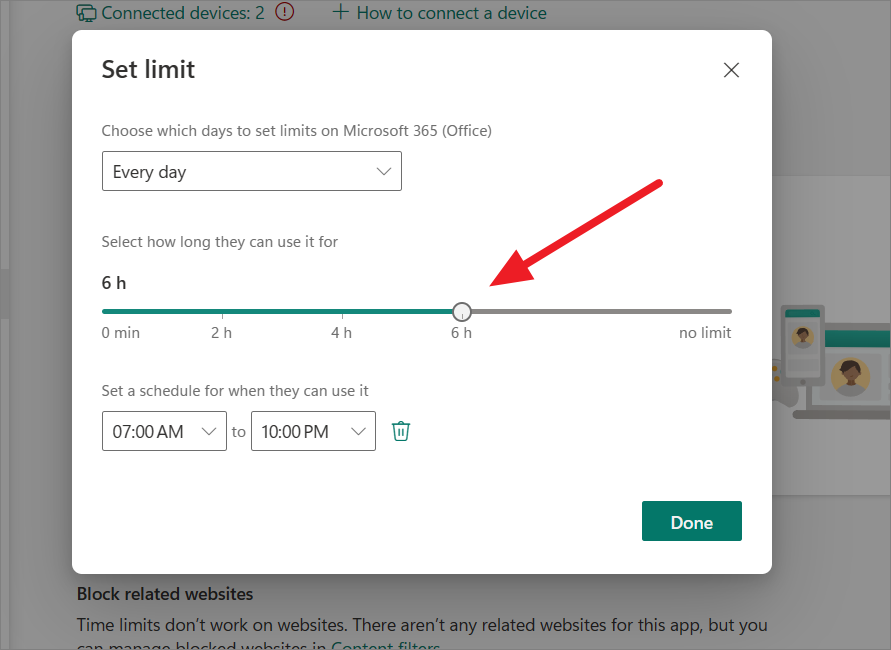
You can also block the app entirely by clicking Block app. To prevent your child from accessing related websites, check the box under Block related websites.
Filtering Inappropriate Content
To protect your child from accessing inappropriate content online, you can set up content filters:
Step 1: On your child's profile page, select the Content Filters option or click on the Web and search tile.
Step 2: Under the Web and search tab, turn on the toggle for Filter inappropriate websites and searches.
Note: Web and search filters work with Microsoft Edge. Other browsers will be blocked unless you allow them in the App and game filters.
Step 3: To block specific websites, add them to the Blocked sites list. To allow certain sites, add them to the Allowed sites list.
Step 4: If you want to restrict browsing to only the allowed websites, turn on the toggle for Only use allowed websites. You can also enable Always allow educational websites to grant access to verified educational content.

To filter apps and games based on age ratings:
Step 5: In the Content Filters section, select the Apps and games tab.
Step 6: Use the drop-down menu to set an appropriate age limit.

When your child attempts to download an app or game above the age limit, they will need your permission. You will receive a notification where you can approve or deny the request.
Managing Spending
You can control your child's spending in the Microsoft Store and Xbox Store:
Step 1: On your child's profile page, click the Spending tab.

Step 2: To add money to their account, click Add money and specify the amount.
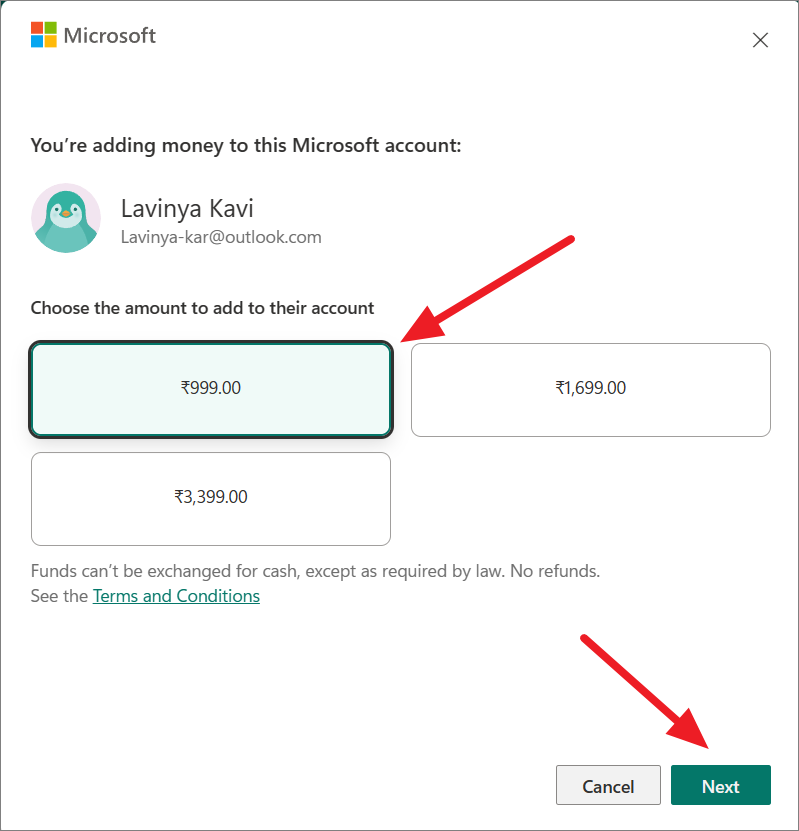
Step 3: Ensure that Spending notifications are turned on to receive alerts for purchase requests.
To require approval for purchases:
Step 4: Sign in to your child's account on microsoft.com.
Step 5: Navigate to Payment & billing > Payment options.
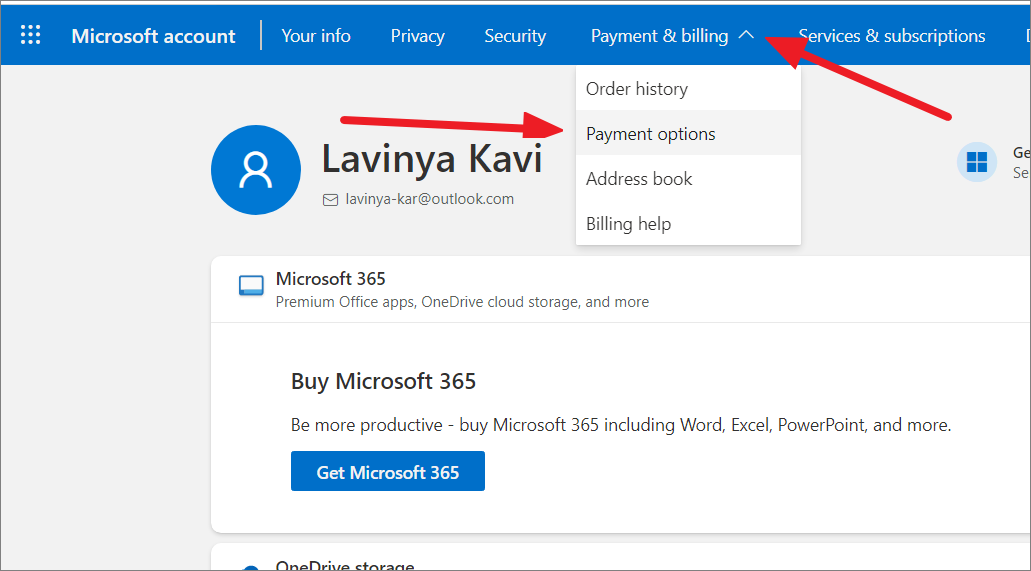
Step 6: Add a new payment method and save your credit card information.
Now, any purchases will require your approval before completion.
Setting Up Xbox Online Gaming Limits
If your child uses an Xbox console, you can manage their online gaming activities:
Step 1: On your child's profile page, click Review Xbox settings under the Xbox online gaming section.
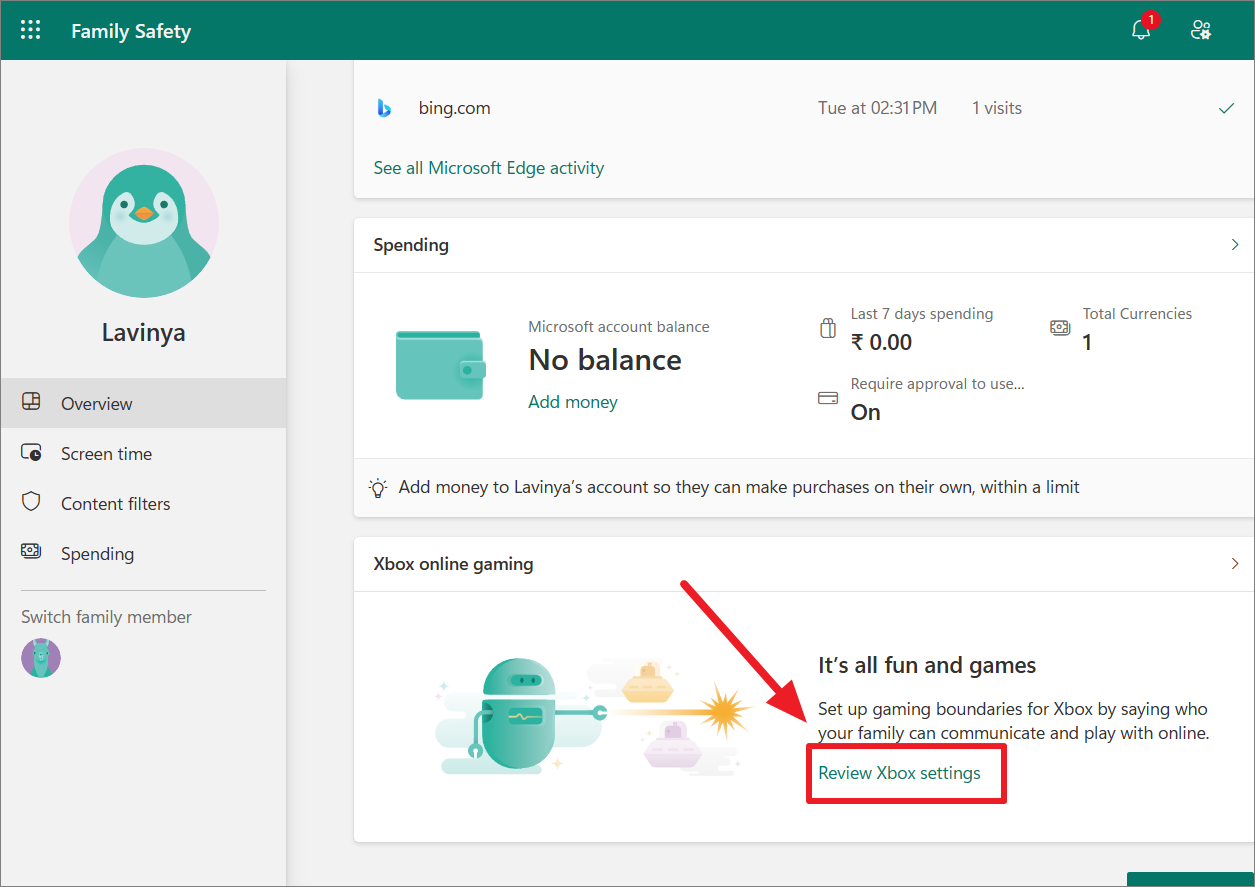
Step 2: Log in with your child's Microsoft account.
Step 3: Under the Privacy tab, adjust the settings for communication and multiplayer gaming by choosing Allow, Friends, or Block.

Step 4: Switch to the Xbox One/Windows 10 Online Safety tab and configure additional settings.
Step 5: Click Submit at the bottom to save changes.
Viewing Your Child's Activity
You can monitor your child's online activity across devices:
Step 1: On your child's profile page, ensure that Activity reporting is turned on in the Overview tab.
Step 2: To receive weekly reports via email, enable Send a weekly email to me.
Step 3: Review their recent activities in the Overview tab, which includes websites visited, apps used, time spent on devices, and spending history.
Using Kids Mode in Microsoft Edge
Microsoft Edge offers a Kids Mode to provide a safe browsing environment for children without needing a separate child account.
Enabling Kids Mode
Step 1: Open Microsoft Edge and click on the profile icon next to the address bar.
Step 2: Select Browse in Kids Mode.
Step 3: Choose the appropriate age range (5-8 years or 9-12 years).
Customizing Kids Mode
Step 1: In Kids Mode, click on the Colors and background button at the top-right corner.
Step 2: Choose a theme and click Done to apply.
Managing Allowed Websites
Step 1: Exit Kids Mode by clicking the Kids Mode icon and selecting Exit Kids Mode window. Enter your device password or PIN when prompted.
Step 2: In the regular Edge browser, click the profile icon and select Manage profile settings.
Step 3: Navigate to Family settings and click Manage allowed sites in Kids Mode.
Step 4: Click Add website to include new sites or click the X next to a site to remove it.
Exiting Kids Mode
To exit Kids Mode:
Step 1: Click the Kids Mode icon and select Exit Kids Mode window.
Step 2: Enter your device password or PIN to confirm.
Alternative Parental Control Apps for Windows 11
In addition to Windows 11's built-in parental controls, there are third-party apps that offer additional features:
Kaspersky Safe Kids for Windows
Kaspersky Safe Kids allows you to monitor your child's online activity, set screen time limits, and filter content. It offers both free and paid versions, providing flexibility based on your needs.
OpenDNS Family Shield
OpenDNS Family Shield operates at the router level to block inappropriate content across all devices on your network. It filters out harmful domain names and can protect all connected devices, not just individual computers.
Kidlogger
Kidlogger is a free tool that tracks your child's keystrokes, program usage, and even takes screenshots. It monitors both online and offline activities, providing comprehensive insights into your child's computer usage.
Setting up parental controls on Windows 11 helps create a safer computing environment for your children. By following these steps, you can monitor and manage your child's activities, ensuring they have a secure and responsible experience on the computer.

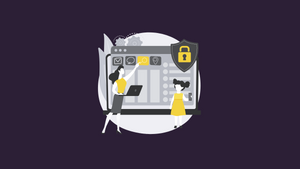




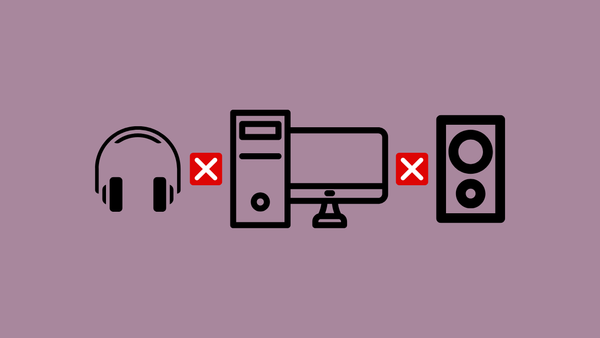

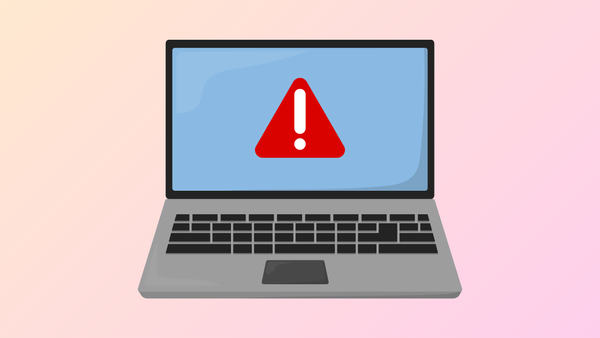

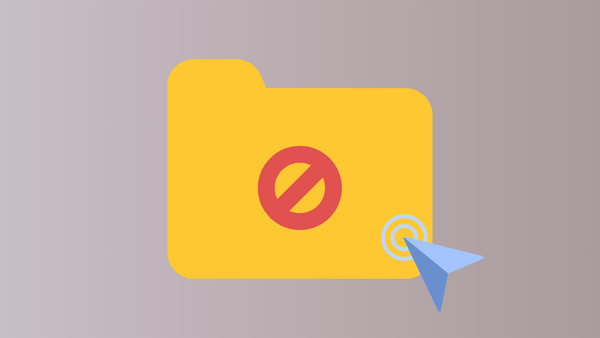
Member discussion